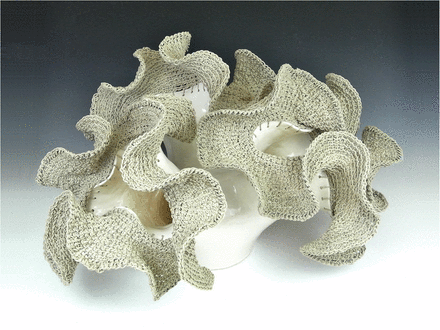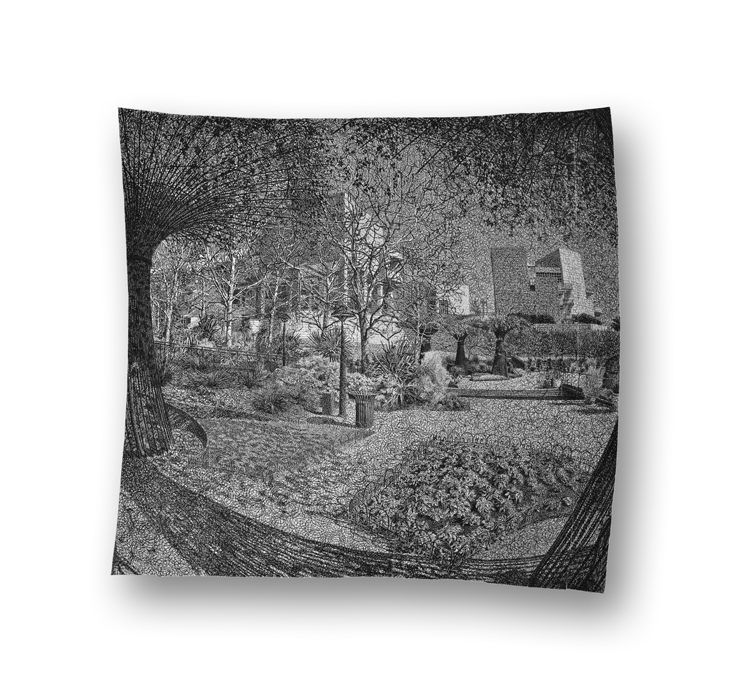Free tickets to the event are available as of 9 am ET, today (October 17, 2022). And, if you need more information before you commit, there’s this from the Perimeter Institute’s October 14, 2022 announcement (received via email; Note: I appreciate the wordplay in the title),
An Enlightening Evening of Dark Matter
WEDNESDAY, OCTOBER 26 at 7:30 pm ET
Katie Mack and Ken ClarkDark Matter Night is a live webcast brought to you by Perimeter Institute and the McDonald Institute. Starting at 7:30 pm ET, Katie Mack will discuss the theoretical and observational foundations of dark matter at Perimeter Institute, where she holds the Hawking Chair in Cosmology and Science Communication. Next, Ken Clark, an associate professor at the Arthur B. McDonald Canadian Astroparticle Physics Research Institute, will share experimental approaches that could help solve the riddle of dark matter. We’ll also get a guided video tour of SNOLAB, the state-of-the-art underground laboratory two kilometres beneath Sudbury.
Don’t miss out! Free tickets to attend this event in person will become available on Monday, October 17 [2022] at 9 am ET – at either Perimeter Institute or the McDonald Institute.
Each speaker’s presentation will be simulcast to the live audience at the other institute, and the whole event will be available via free webcast.
Dark Matter Night is one of many ways you can explore the topic – find lots more at darkmatterday.com.
Details of the evening:
6:45 pm: Dark matter demos in Perimeter’s Atrium
7:30 pm: Public lecture/webcast starts…
I have details about the speakers, from ‘An Enlightening Evening of Dark Matter’ event page on the Inside the Perimeter website,
Katie Mack is a theoretical astrophysicist exploring a range of questions in cosmology, the study of the universe from beginning to end. She currently holds the position of Hawking Chair in Cosmology and Science Communication at the Perimeter Institute for Theoretical Physics, where she carries out research on dark matter and the early universe and works to make physics more accessible to the general public. She is the author of the book The End of Everything (Astrophysically Speaking) and has written for a number of popular publications, such as Scientific American, Slate, Sky & Telescope, Time, and Cosmos magazine. She can be found on Twitter as @AstroKatie.
Ken Clark is an experimental astroparticle physicist whose research focuses on understanding the universe at the most fundamental level through rare event searches targeting dark matter and neutrinos. He is one of the leads for the Particle Astrophysics group at Queen’s University, a member of the Arthur B. McDonald Canadian Astroparticle Physics Research Institute (McDonald Institute), an affiliated scientist with TRIUMF, and the Canadian spokesperson for the Scintilating Bubble Chamber Collaboration.
Enjoy!
In person at Perimeter: I want to attend this event at Perimeter Institute! Note: It seems the Perimeter event is already full as of 10:15 am PT, October 17, 2022.
In person at McDonald Institute: The McDonald Institute is where I want to be!
It appears the webcast will be available here: https://mcdonaldinstitute.ca/events/an-enlightening-evening-of-dark-matter/

